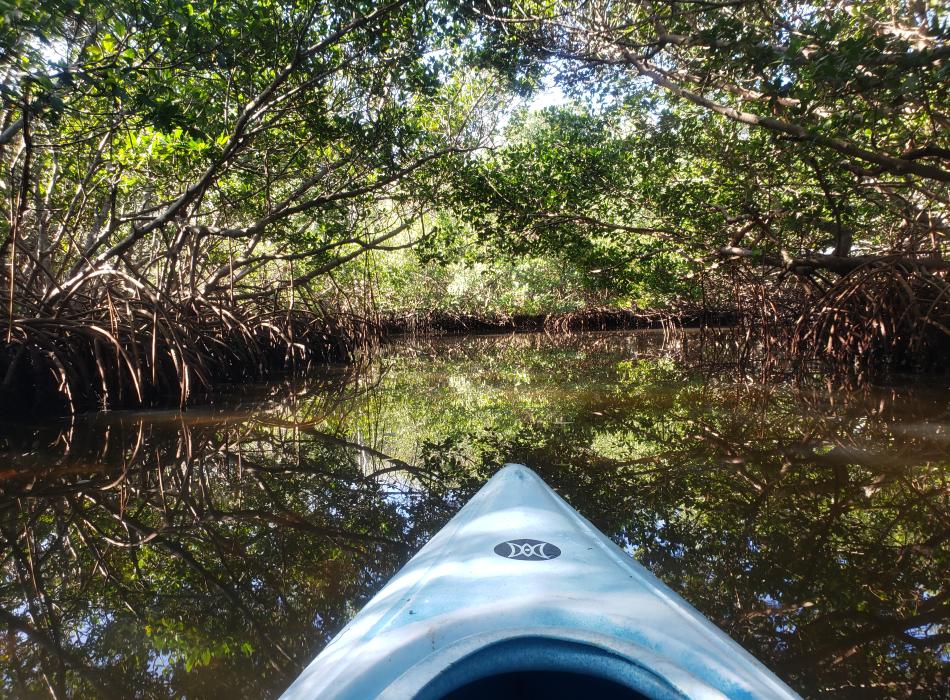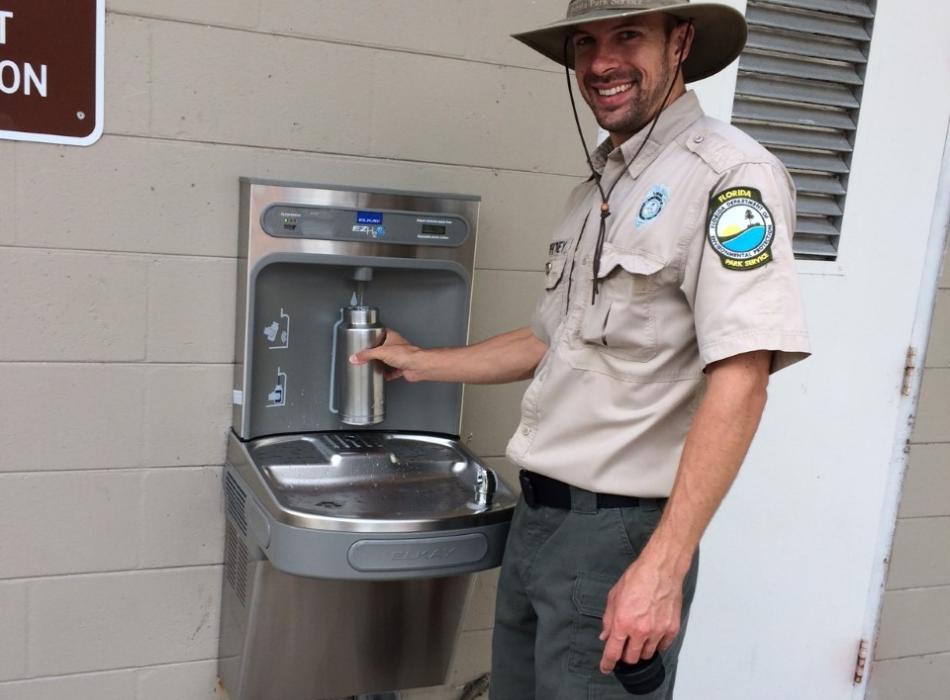Celebrate National Water Quality Month
Celebrate National Water Quality Month Florida State Parks


National Water Quality Month offers a chance to reflect on Florida’s pristine waterways


SDGs, Targets, and Indicators in the Article
SDGs Addressed in the Article:
- SDG 6: Clean Water and Sanitation
- SDG 14: Life Below Water
Targets Identified based on the Article’s Content:
- Target 6.3: Improve water quality by reducing pollution, eliminating dumping, and minimizing the release of hazardous chemicals and materials.
- Target 14.1: Prevent and significantly reduce marine pollution of all kinds, particularly from land-based activities.
Indicators Mentioned or Implied in the Article:
- Indicator 6.3.2: Proportion of bodies of water with good ambient water quality.
- Indicator 14.1.1: Index of coastal eutrophication and floating plastic debris density.
Table: SDGs, Targets, and Indicators
| SDGs | Targets | Indicators |
|---|---|---|
| SDG 6: Clean Water and Sanitation | Target 6.3: Improve water quality by reducing pollution, eliminating dumping, and minimizing the release of hazardous chemicals and materials. | Indicator 6.3.2: Proportion of bodies of water with good ambient water quality. |
| SDG 14: Life Below Water | Target 14.1: Prevent and significantly reduce marine pollution of all kinds, particularly from land-based activities. | Indicator 14.1.1: Index of coastal eutrophication and floating plastic debris density. |
Analysis and Explanation:
SDGs Addressed in the Article:
The article addresses two Sustainable Development Goals (SDGs): SDG 6: Clean Water and Sanitation, and SDG 14: Life Below Water. These goals are connected to the issues highlighted in the article, which focus on the importance of clean waterways and the protection of aquatic ecosystems.
Targets Identified based on the Article’s Content:
The specific targets identified based on the article’s content are:
- Target 6.3: Improve water quality by reducing pollution, eliminating dumping, and minimizing the release of hazardous chemicals and materials.
- Target 14.1: Prevent and significantly reduce marine pollution of all kinds, particularly from land-based activities.
The article emphasizes the need to protect and improve the quality of Florida’s waterways, highlighting the role of mangroves in keeping the water clean and promoting the use of water bottle refill stations to reduce waste and protect aquatic ecosystems.
Indicators Mentioned or Implied in the Article:
The article mentions or implies two indicators that can be used to measure progress towards the identified targets:
- Indicator 6.3.2: Proportion of bodies of water with good ambient water quality. This indicator can be used to assess the improvement in water quality as a result of efforts to reduce pollution and minimize the release of hazardous substances.
- Indicator 14.1.1: Index of coastal eutrophication and floating plastic debris density. This indicator can be used to measure the reduction in marine pollution, particularly from land-based activities, by assessing the levels of eutrophication and floating plastic debris in coastal areas.
The article emphasizes the importance of clean waterways and the need to prevent pollution, which aligns with these indicators that measure water quality and marine pollution.
Behold! This splendid article springs forth from the wellspring of knowledge, shaped by a wondrous proprietary AI technology that delved into a vast ocean of data, illuminating the path towards the Sustainable Development Goals. Remember that all rights are reserved by SDG Investors LLC, empowering us to champion progress together.
Source: floridastateparks.org

Join us, as fellow seekers of change, on a transformative journey at https://sdgtalks.ai/welcome, where you can become a member and actively contribute to shaping a brighter future.







